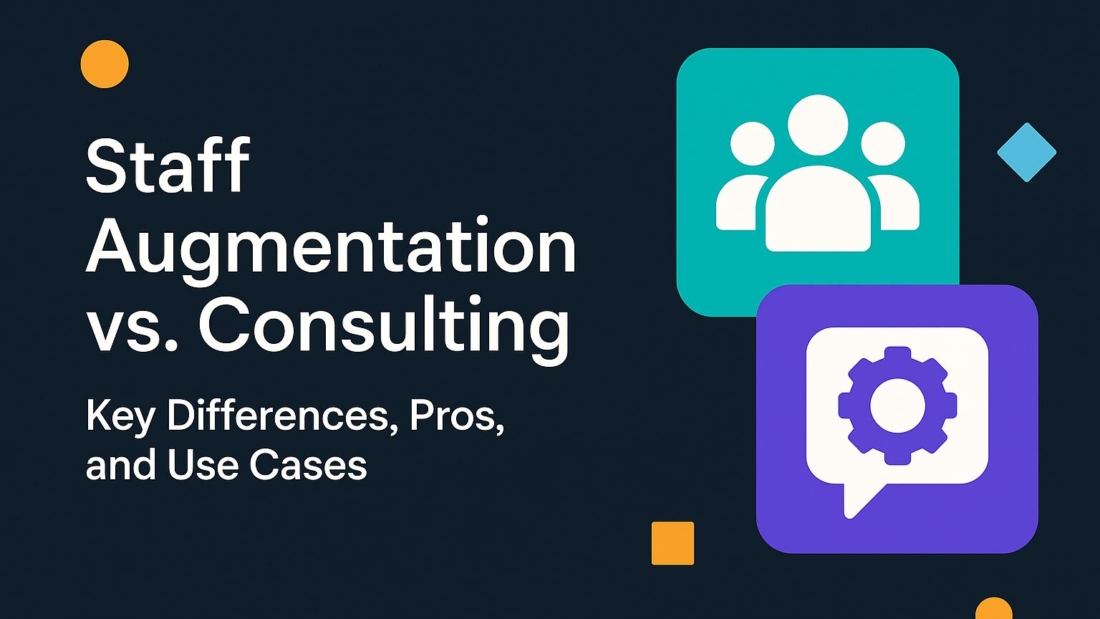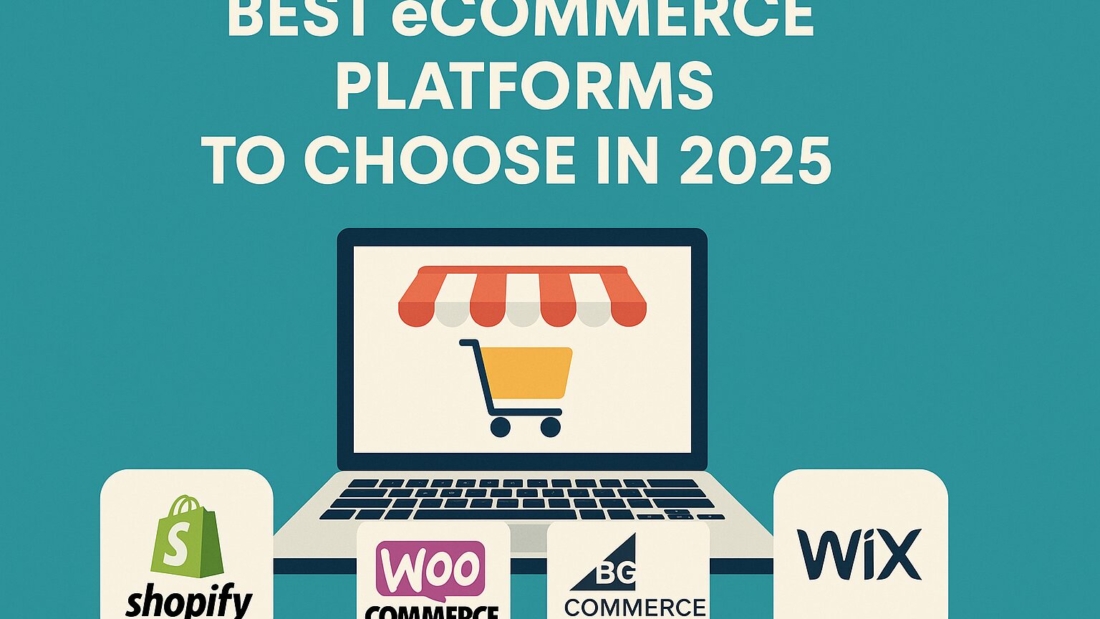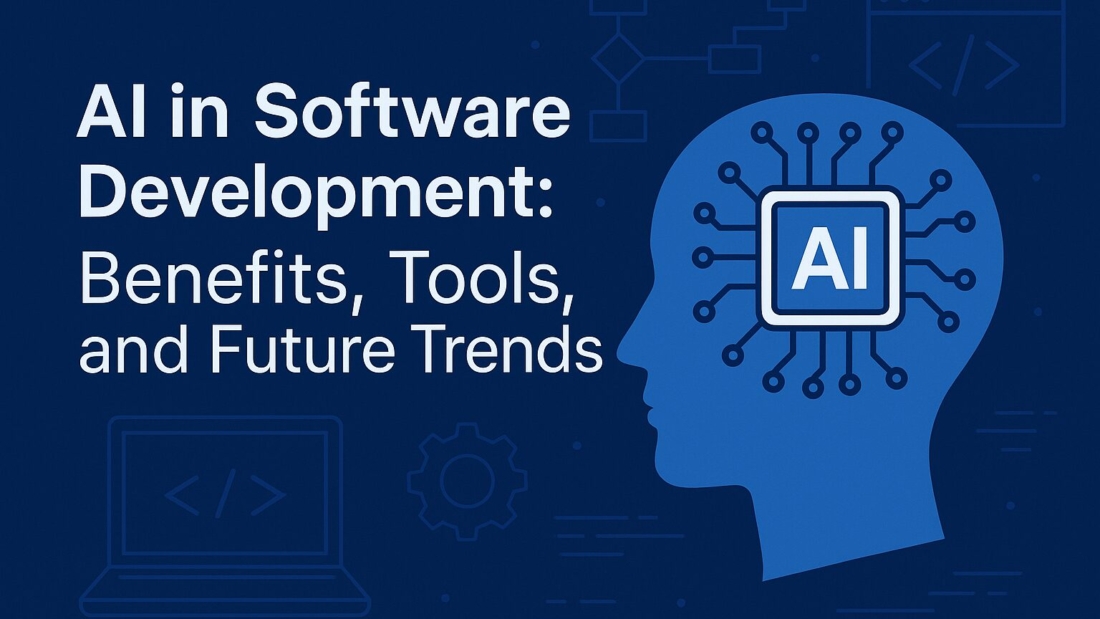In today’s rapidly evolving business landscape, companies often seek external expertise to stay competitive, meet deadlines, or bridge talent gaps. Two common approaches used for this purpose are staff augmentation and consulting. Although both involve bringing in external professionals, they serve different functions, offer different benefits, and suit different business scenarios.
Let’s break down the difference between staff augmentation vs. consulting, how each model works, and which might be the best fit for your organization.
What is Staff Augmentation?
Staff augmentation is a flexible outsourcing strategy that enables companies to hire tech talent or other skilled professionals on a temporary basis to fill specific roles or gaps in their team. It’s like temporarily extending your in-house team without the commitments that come with hiring full-time employees.
Key Features:
Temporary or project-based engagement
Client manages the augmented staff directly
Works alongside your internal team
Typically used for execution-heavy tasks
Common Use Cases:
Hiring developers during software development sprints
Filling short-term talent gaps (e.g., during maternity leave)
Scaling up teams during peak workload periods
Pros of Staff Augmentation:
Flexibility: Scale your team up or down as needed.
Control: You retain full control over the process, tools, and management.
Speed: Quickly onboard specialists with the exact skills required.
Cost-Efficient: No long-term employment costs (benefits, insurance, etc.).
What is Consulting?
Consulting involves hiring external experts or a firm to provide strategic guidance, planning, and advice on a particular issue, project, or business process. Rather than integrating into your team, consultants operate independently and focus on delivering outcomes based on their expertise.
Key Features:
Project or solution-focused
Independent analysis, planning, and execution
Often includes strategic, operational, or technical recommendations
Typically managed by the consulting firm, not the client
Common Use Cases:
Digital transformation strategies
Business process improvement
Tech stack evaluation or migration planning
Market research or business model design
Pros of Consulting:
Expertise: Access to seasoned professionals with niche experience.
Objectivity: Consultants bring an unbiased perspective to the problem.
Results-Oriented: Clear deliverables, often backed by data or insights.
Efficiency: Quickly address problems your in-house team may not be equipped to handle.
Key Differences Between Staff Augmentation and Consulting
| Aspect | Staff Augmentation | Consulting |
|---|---|---|
| Focus | Team extension | Strategic or project advice |
| Management | You manage the resources | Consultant manages themselves or their team |
| Engagement Type | Task execution and daily support | Outcome and goal-driven guidance |
| Control | High – you decide tasks and workflows | Low – consultant defines path to solution |
| Cost Structure | Hourly/daily rates for individuals | Project-based or retainer fees for expertise |
When to Choose Staff Augmentation
You should opt for staff augmentation when:
You need immediate hands-on support without long-term commitment.
Your internal team is capable of managing projects but lacks the manpower.
You require specific technical skills for a defined period (e.g., React developer, QA engineer, etc.).
You want to retain control over the development or implementation process.
When to Choose Consulting
Choose consulting when:
You need high-level guidance on a complex or unfamiliar issue.
You require an independent third-party to evaluate or audit a process.
You want to transform or innovate an existing system or department.
Your team lacks the strategic knowledge or experience in a certain area.
Can You Combine Both?
Yes, and many companies do. You may start with a consulting firm to design a new system, then use staff augmentation to implement it. This hybrid approach allows for strategic planning followed by cost-effective execution.
Final Thoughts
Both staff augmentation and consulting are powerful models that help companies stay agile, competitive, and scalable. The key is understanding your specific needs.
If you need extra hands on deck, go with staff augmentation.
If you need external brains to plan and guide, go with consulting.
Many businesses find that alternating or combining both approaches depending on the project phase yields the best results. By choosing the right model at the right time, you can save money, boost efficiency, and accelerate your growth.



